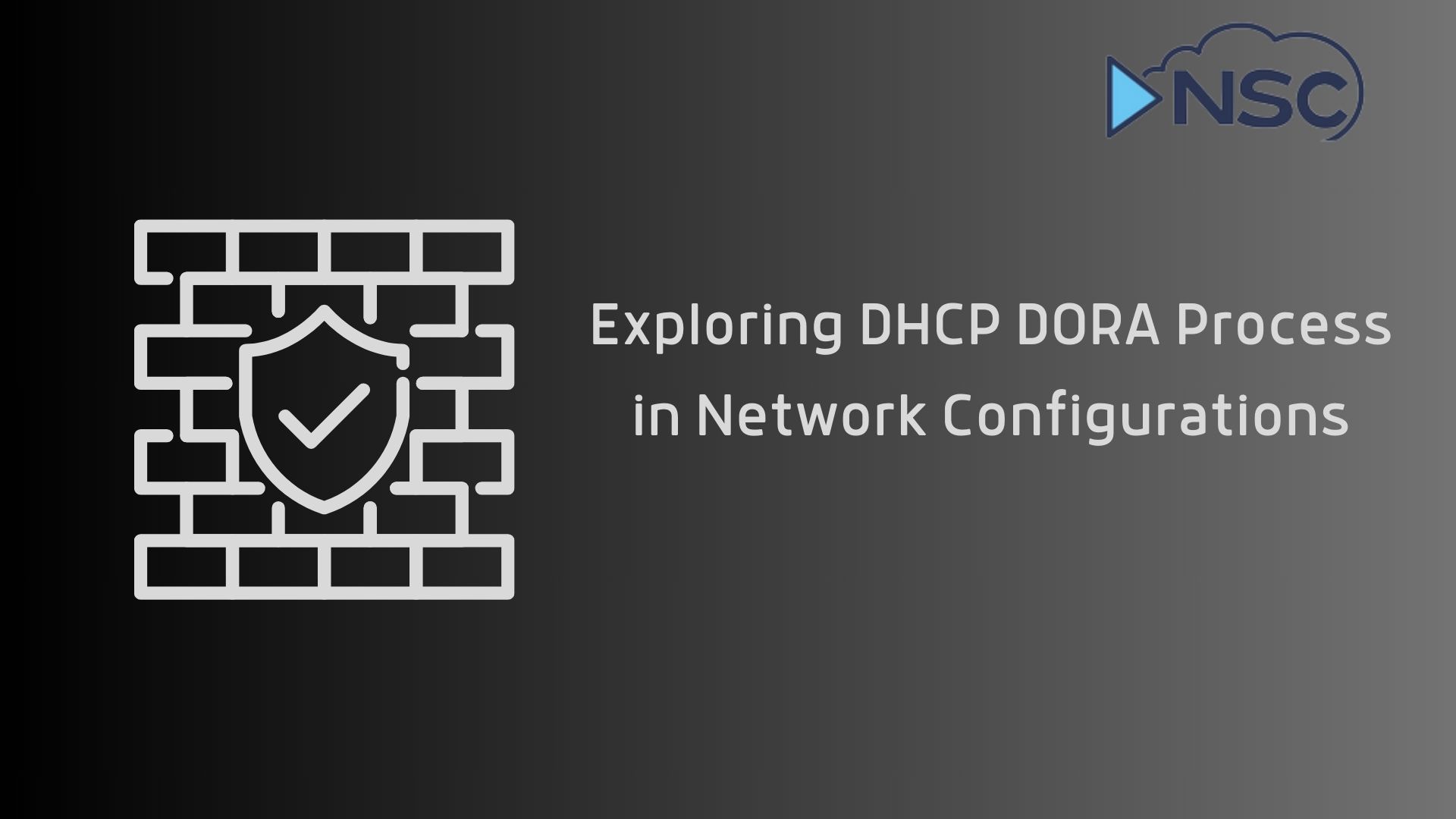The Dynamic Host Configuration Protocol (DHCP) is integral to modern network management, enabling automatic configuration of devices on IP networks.
By simplifying the administration of network configurations, DHCP significantly reduces errors associated with manual configuration. The DHCP DORA process, an acronym for Discovery, Offer, Request, and Acknowledge, is pivotal in the lifecycle of DHCP-based assignments.
This process ensures efficient communication between network devices by dynamically assigning IP addresses and essential network settings. Understanding each step of this process is crucial for network administrators and IT professionals, as it aids in effective network management and troubleshooting.
This blog delves deep into each phase of the DORA process, highlighting its significance in maintaining network stability and efficiency.
Understanding DHCP
The Dynamic Host Configuration Protocol (DHCP) is a network management protocol used for automatically assigning IP addresses and other important network configuration parameters to devices on a network. This automation streamlines network administration, allowing devices to communicate efficiently without manual interventions.
The DORA Process
The DHCP DORA process is a four-step method used by DHCP to assign IP addresses to devices on a network. It is crucial for ensuring efficient communication and network management. Each step in the process—Discovery, Offer, Request, and Acknowledge—plays a significant role in the dynamic assignment of IP addresses.
For those looking to dive deeper into network configurations and security, considering the our Cisco ASA Firewall 9.x course could provide valuable insights.
Discovery
The DORA process begins with the Discovery step, where the client device sends a broadcast message to locate DHCP servers on the network. This message is a DHCPDISCOVER message, which indicates the client’s request for an IP address. All DHCP servers within the network that receive this message can respond, making this a critical step for initiating communication.
Offer
Following the discovery, any DHCP server that receives the DHCPDISCOVER broadcast can respond with a DHCPOFFER message. This message includes an IP address offer along with other configuration details such as lease duration and other DHCP options. This step is essential as it provides the client with potential configurations from which it can choose.
Request
After receiving one or more offers, the client moves to the Request step by sending a DHCPREQUEST message back to the server. This message formally requests the IP address offered by the server. It’s a critical confirmation step that informs the server of the client’s acceptance of the offer.
Acknowledge
The final step is the Acknowledge, where the server sends a DHCPACK message to the client. This message confirms the IP lease to the client and includes all the configuration details necessary for the client to configure itself properly. This step ensures that the client can operate within the network with the assigned IP address, marking the successful completion of the DHCP DORA process.

Significance of Each Step
Each step in the DHCP DORA process is designed to ensure efficient and error-free IP address management, which is crucial for maintaining network stability and performance. Understanding the significance of each step can help network professionals optimize and troubleshoot their networks more effectively.
Significance of Discovery
The Discovery step is vital because it initiates the interaction between DHCP clients and servers. It allows clients to announce their presence and need for configuration to all available DHCP servers, ensuring that they have the opportunity to receive the best possible configuration.
Significance of Offer
The Offer step is critical as it provides multiple options to the client, allowing it to choose the most suitable configuration. This flexibility is crucial in environments where multiple DHCP servers exist, as it allows for load balancing and redundancy, enhancing network reliability.
Significance of Request
The Request step is important because it represents a commitment from the client to accept a specific configuration offered by a DHCP server. This confirmation is necessary to prevent IP conflicts and to ensure that the server can reserve the IP address for the client.
Significance of Acknowledge
The Acknowledge step is essential for finalizing the IP configuration process. It confirms that the IP address and other network settings are assigned to the client and are ready for use. This step ensures that the client is properly configured and can operate efficiently within the network, which is crucial for maintaining uninterrupted network service.
Summary
The DHCP DORA process is fundamental to the efficient management of network configurations.
Each step—Discovery, Offer, Request, and Acknowledge—plays a critical role in ensuring that network devices are assigned IP addresses in a manner that prevents conflicts and supports seamless network communication.
By understanding and leveraging this process, network administrators can ensure optimal network performance and stability.
For those looking to dive deeper, exploring advanced DHCP features such as DHCP reservation, scope options, and fault tolerance can provide further enhancements to network management.


